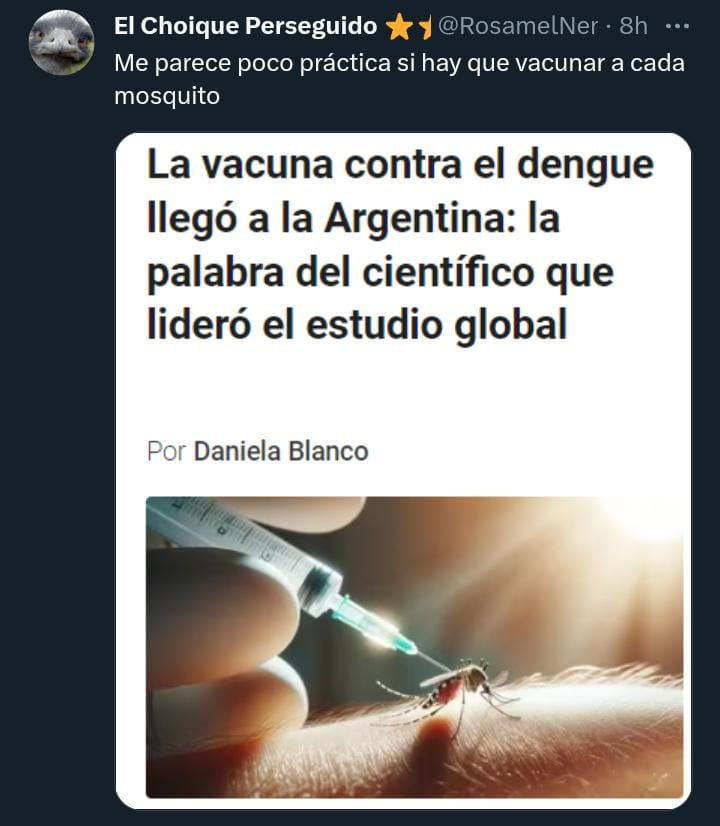So, I've started working my first "real job" last month, and it's pretty decent. Good benefits, decent pay, strong union despite being tech, and for reasonable hours (6 per day). The problem is that I took this job mainly so I can continue grad school. Currently I'm finishing up my master's, so I'm managing to conciliate doing both OK since I don't need to be in uni premises for anything anymore, but I'm unsure about being able to do a PhD later.
I figure once I work for a few months and get to work remote for most of the week I can do 6 hours of office work plus 6 hours of research work, or alternatively 6 + 4 and compensate by doing some research on the weekends. However I've heard conflicting feedback about this plan. One of my roommates says this is a horrible idea and that I'll become the Joker after a couple months, while one of my coworkers said I should wait a bit to see if this job won't demand too much of me (still in training currently), but that he thinks it's doable. Both are currently doing/have done a PhD at the same uni I want to enroll in. Also is 6ish hours per day even enough for a PhD?
Additional info: Public latam uni, so no tuition but the government grants are nothing to write home about (before getting the job it was barely enough to get by, and that was with help from my folks). The advisor I'm aiming for can be demanding at times but is also really nice and is new faculty. The PhD is in compsci (ML/NLP) and I plan to continue exploring a niche I'm already familiar with. Work schedule is fairly flexible, save for the fucking meetings (agile delenda est). A lot of credits can be done by getting good publications instead of doing uni courses.
Edit: Thanks everyone! I kind of feared "obviously no you moron" would be the general consensus. I probably got too optimistic about getting to keep doing research immediately. I'll wait for things to settle down and reevaluate my options. There's some mechanisms at the job that are supposedly designed so you can continue education, but my impression is that those are mostly reserved for MBA types, infrequently offered and also really contested, but I should ask around some more to be sure. I also know some better sources of funding are available once you enroll, but seeing my friend applying for those and failing repeatedly discourages me from betting on it. Worst comes to worst I'll save up some money, try doing this for a bit and quit if it proves unsustainable. Again, thanks for the input!





